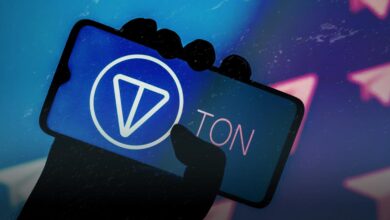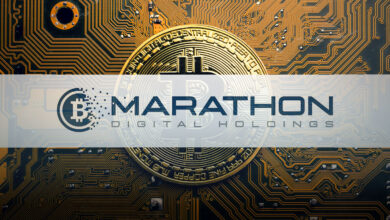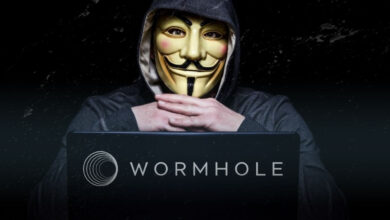Undercollateralized Lending: The Future of DeFi Lending?
As the DeFi market grows, more users are exploring the potential of decentralized finance. A key focus of this exploration has been the concept of undercollateralized loans — a topic that is quickly becoming one of the most hotly debated issues amongst DeFi advocates.
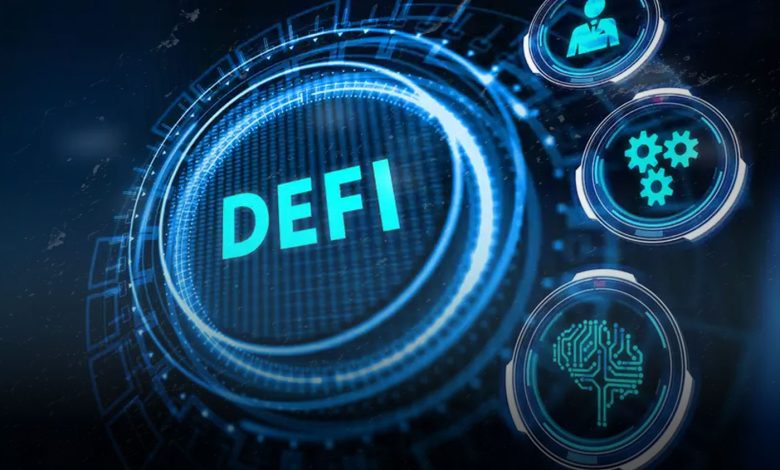
As the DeFi market grows, more users are exploring the potential of decentralized finance. A key focus of this exploration has been the concept of undercollateralized loans — a topic that is quickly becoming one of the most hotly debated issues amongst DeFi advocates. In this post, we’ll be taking a deep dive into these innovative products and exploring the pros and cons of utilizing them within DeFi networks – so let’s get started!
What Are Undercollateralized Lending? How Do They Work?
With decentralized finance comes undercollateralized lending, a loan system in which borrowers can acquire financing without providing collateral that matches or exceeds the worth of the credit.
To reduce the risk of borrowers defaulting, collateral is traditionally used; however, undercollateralized lending manages this risk through other avenues, such as evaluating a borrower’s trustworthiness and instituting several safety practices. There are many approaches to undercollateralized lending, but usually, it involves constructing an online platform that allows applicants to request loans. Through metrics and algorithms—including credit scores, financial backgrounds, etc.—the system can determine whether they should receive the said loan or not.
An agreed-upon loan amount and interest rate can be proposed by leveraging the data collected. Once accepted by both parties – including any repayment timeline associated with the loan plus its accompanying interest – DeFi’s undercollateralized lending is growing in prominence, despite certain risks, such as how borrowers’ creditworthiness is to be determined and managed accordingly. But it still has lots of potential in expanding access to credit while providing new opportunities for those involved in this revolutionary decentralized finance platform.
Examples of Undercollateralized Lending in DeFi:
There are several examples of undercollateralized lending in DeFi, some of which include:
Unsecured Loans:
If you’re looking for a loan without having to pledge any of your assets as collateral, then an unsecured loan could be the right choice for you. This type of loan is based on assessing creditworthiness via various factors such as credit score and financial history. Platforms like Nexo and Aave offer excellent opportunities for taking out these kinds of loans with DeFi technology!
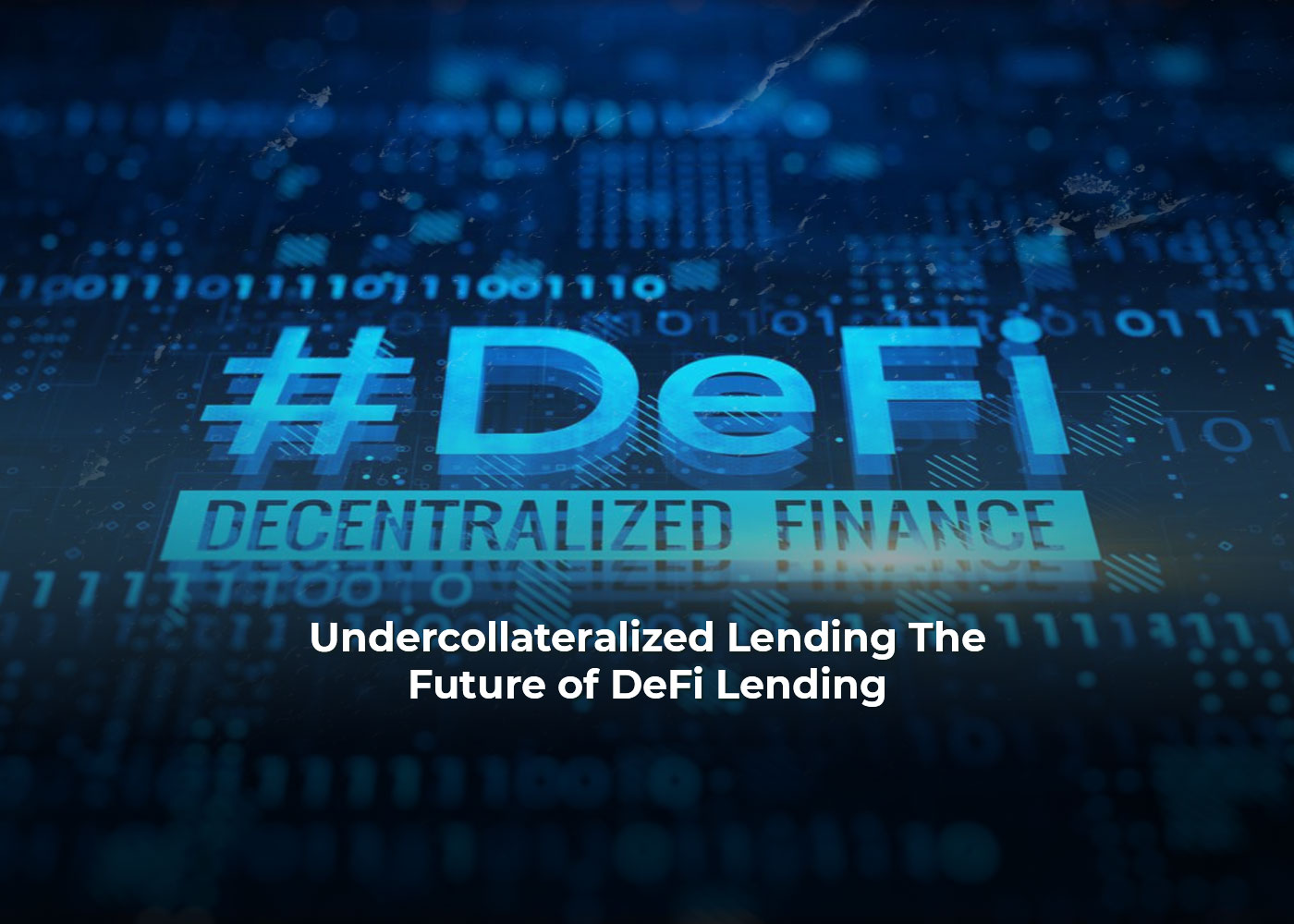
Social Collateral:
Social Collateral Lending can transform the way you access to credit. By relying on social networks and reputation to judge your creditworthiness, platforms like SALT or Moni offer personal loans for those with a certain number of contacts or points of reputation within their online network. With Social Collateral Lending, financially-savvy borrowers can tap into powerful ways to get the funds they need quickly and conveniently!
Credit Delegation:
Credit delegation is a lending procedure in which the borrower gets a loan using someone else to cosign or guarantee on their behalf. This way, they obtain a reduced interest rate by offering collateral security through the guarantor/cosigner. Platforms such as Cream Finance and TrustToken have implemented credit delegation within DeFi.
Future Cash Flows:
It is a type of loan where the borrower offers anticipated cash flows as security. This allows lenders to measure the creditworthiness of borrowers according to these expected future funds, with repayment done by using those same expected cash flows. Platforms like UMA and Yield in DeFi make this kind of lending possible at an expedited rate!
Challenges and Risks of Undercollateralized Lending:
Undercollateralized lending in DeFi presents several risks and challenges that should be considered. Some of these include:
- Higher risk of default: With undercollateralized lending, there is no real security to back the loan, thus increasing the odds of default. If borrowers cannot make repayment on their loans, lenders may be faced with grave financial losses.
- Lack of regulatory oversight: The current lack of regulation within the DeFi space can be a double-edged sword – while increasing freedom and opportunity, it simultaneously amplifies risk by making fraud or other illegal activities more difficult to detect. As such, borrowers and lenders must exercise extra caution when engaging in any type of transaction.
- Limited creditworthiness assessment: Utilizing undercollateralized lending can be an effective way to provide credit. However, alternative methods for assessing the borrower’s trustworthiness may not always prove as reliable or precise as conventional credit score systems.
- High volatility: Caution must be taken when considering DeFi lending platforms due to the wild swings of value that can harm collateral security and, consequently, the platform’s functionality.
- Liquidity risk: DeFi lending platforms rely on liquidity pools to finance loans. However, these resources are susceptible to abrupt withdrawals or other interferences. This can result in liquidity deficits and defaults – a potential hazard for those who access them.
- Smart contract risk: Smart contracts, which are used to execute lending agreements on DeFi platforms, unfortunately, can be susceptible to bugs or other technical issues that may lead to funds being lost or some other kind of mistake.
Let’s Wrap It Up:
Undercollateralized lending is gaining traction as one of the most revolutionary DeFi tools available. It allows users to borrow funds without having to provide collateral, making it possible for those who do not have access to traditional banking systems – such as those without a bank account or sufficient collateral – to use DeFi services. Furthermore, unlike traditional lenders, undercollateralized lenders do not base credit decisions on credit scores, meaning that even borrowers with low scores can still take advantage of the DeFi ecosystem. All in all, undercollateralized lending is an invaluable tool that could revolutionize DeFi and bring a larger portion of society into the crypto space. With this new form of borrowing becoming more popular daily, it looks like undercollateralized lending will drive DeFi further into mainstream acceptance in the coming years.
